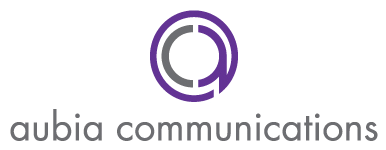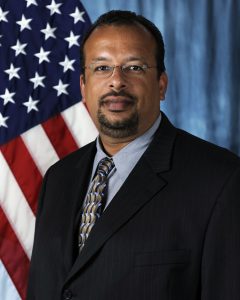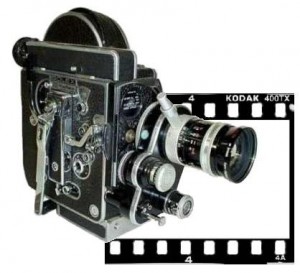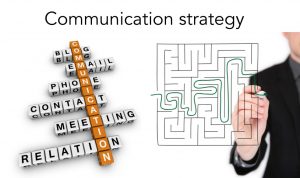
Half African-American. One-quarter English. One-quarter French. As a public affairs professional, I could be the poster boy for diversity communications. Personal reasons aside, though, diverse groups add to a community’s collective resource and knowledge base.
You can find various definitions for diversity related to ethnicity, gender, sexual orientation, etc. But, what about looking beyond that? Personal life experiences, education and work background, language, physical abilities, and socioeconomic backgrounds. Looking a little deeper opens you up to a better understanding about different members of the community.
Diversity communications in flight
Where I work we have diverse employees and a diverse community, which is really not different from most. The stories that we publish are to inform the general public about what is happening. On occasion, we do need to communicate to a specific segment of the community and broad writing may not be appropriate. It might not speak to a particular group directly. It is important to know to whom you are writing.
Before putting fingers to keyboard, let’s take a quick look at ways we can be more effective in writing for diverse groups.
1. Do your research.
What kinds of people are you targeting? Who lives in the community? Determine if you are matching with that group in your communications efforts. If not, plan how you can effectively engage. Have a member of your team reach out to a leader of that community to understand the needs, desires and concerns.
2. Drop preconceived notions and stereotypes.
On a basic level, everyone is really the same, but there are differences. Looking at my own background, I can think of every stereotype in the book. Some may be true, others are not. Each individual has their own set of values and experiences. Having the filter of who you think that person or group is hampers your ability to gain that knowledge.
3. Spend time on the ground.
Personally interact with the community you are attempting to engage. Partaking in its events helps keep your finger on the pulse of that group to stay current in your messaging. Being a routinely active participant allows you to hear the viewpoints and concerns. Relationships, as always, are very important.
What does diversity mean to you?
Once you have done your research, dropped stereotypes and engaged, you will have a better understanding of the community as a whole. You may see patterns develop where there are similarities that can be shared and celebrated and be sympathetic to different concerns. You gain more knowledge of the individual people and groups and become more effective in your writing to and for them.
How do you use diversity communications in your organization? How important is diversity in reaching your target audience?
Harry Lundy is originally from New York State and is a veteran of the U.S. Air Force. After his service he was a contractor for the German Air Force. He also worked in radio and TV broadcasting before returning to work for the Air Force as a public affairs officer. He is currently the deputy director of Community Outreach at the United States Air Force Academy in Colorado Springs, Colo. Connect with him on LinkedIn.




